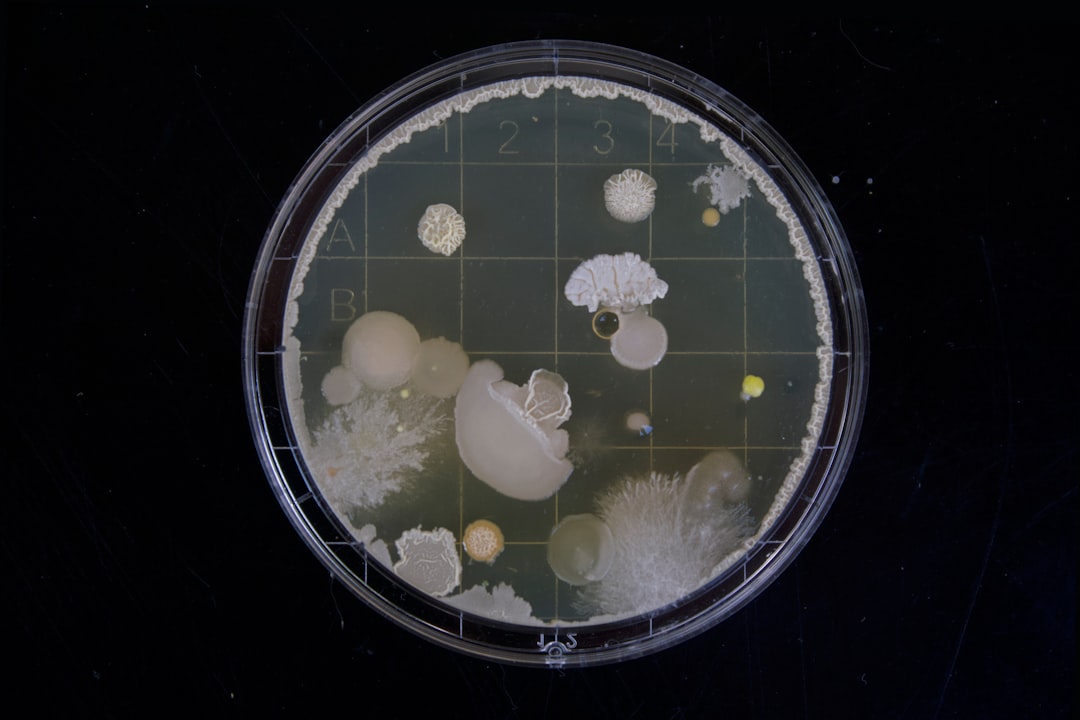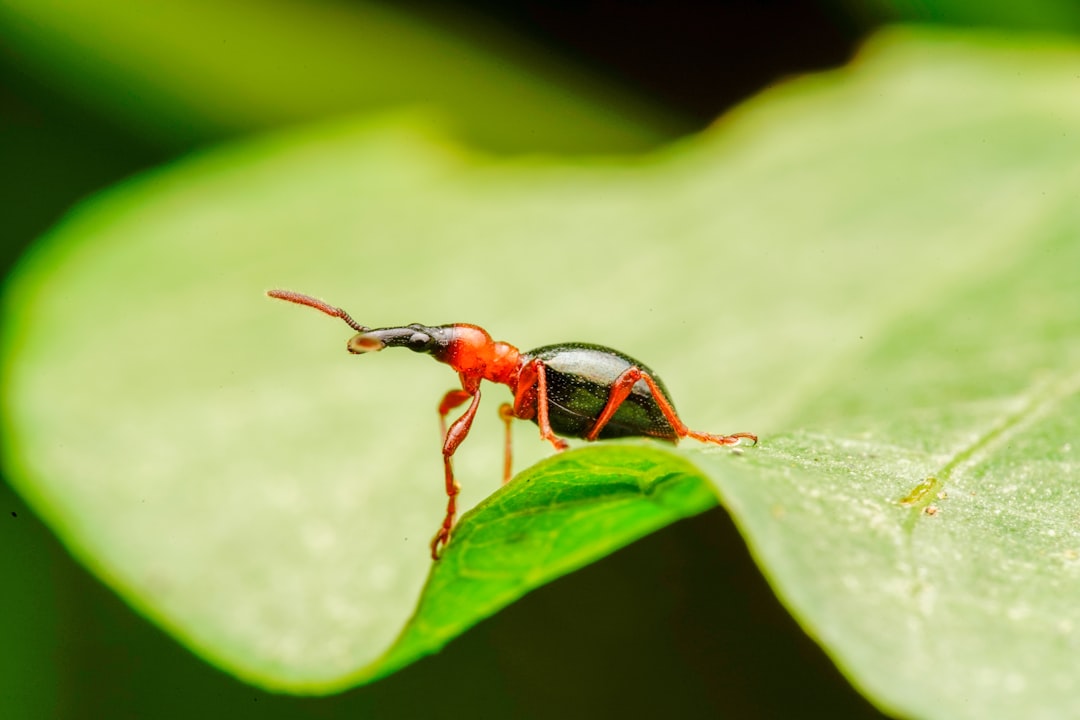What is it about?
Lemon-shaped archaeal viruses are found in some of the most extreme environments (80 °C, pH ~2). They undergo dramatic architectural rearrangement into tubular structures that could be facilitated by their unique helical structure built of seven strands of major capsid protein. Little is known about the mechanical properties compatible with this alteration and their ability to thrive in such environments. We used atomic force microscopy to deform and compress individiual virus particles for exploring their mechanical properties.
Featured Image

Photo by Fusion Medical Animation on Unsplash
Why is it important?
Our experiments reveal that lemon-shaped virions withstand deformations of 80%, collapsing wall-to-wall without damage. Our data suggest a protein shell with membrane-like fluidity and a liquid genomic cargo that only fills ~11% of the virion internal volume. These features are in stark contrast with those known for other viruses with protein capsids, stressing the interplay between mechanics, structure, and function.
Perspectives
This article unveils the strategies of some extromophiles to cop with extreme architectural transformations ( a change in size of 5x) and high temperatures. It is spectacular the ability of this virus to yield and collapse up to 80% many times without presenting any trace of damage.
Pedro J. de Pablo
Universidad Autonoma de Madrid
Read the Original
This page is a summary of: Mechanical tomography of an archaeal lemon-shaped virus reveals membrane-like fluidity of the capsid and liquid nucleoprotein cargo, Proceedings of the National Academy of Sciences, October 2023, Proceedings of the National Academy of Sciences,
DOI: 10.1073/pnas.2307717120.
You can read the full text:
Resources
Contributors
The following have contributed to this page










